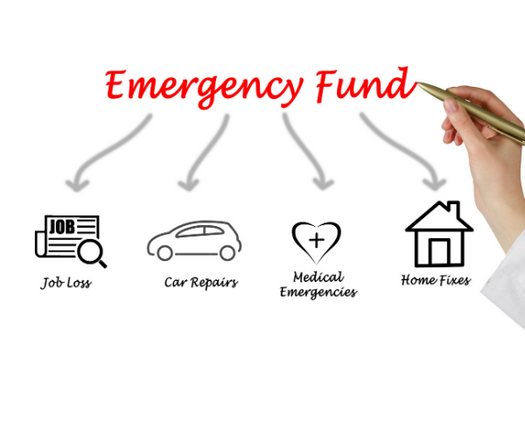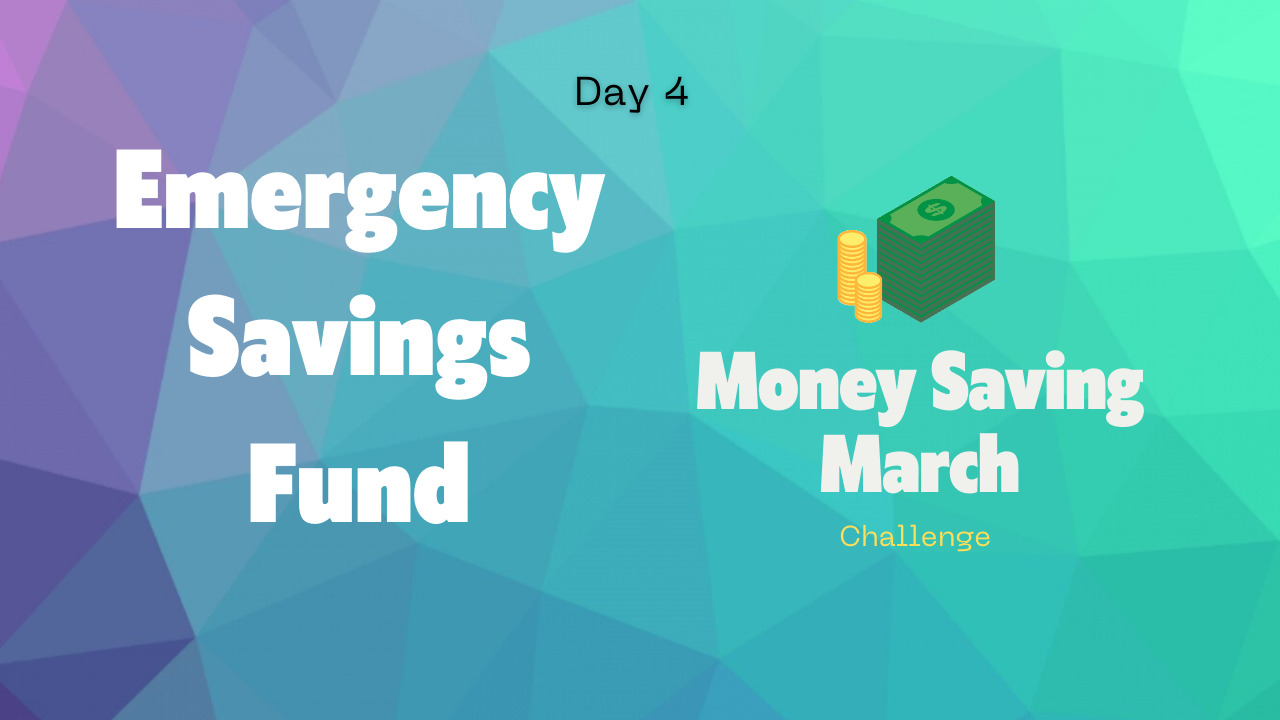Why an Emergency Savings Fund is Essential in 2023 and Beyond
It’s Day 4 of our Money Saving March challenge. Today we’ll look at emergency savings funds: what they are, how they differ from regular savings accounts and retirement funds, why you need one, and how to fund your account. Let’s get started!

What is an Emergency Savings Fund?
An emergency savings fund covers unexpected expenses such as medical bills, car repair costs, or job loss. It is important to have an emergency fund because if you don’t have one, you may find yourself in a situation where you need money quickly but don’t have any saved up. An emergency savings fund ensures you can take care of these unexpected expenses without using credit cards or loans.
How Does it Differ From a Regular Savings Account?
A regular savings account is usually used for long-term goals such as saving for retirement or buying a house. On the other hand, an emergency savings fund should only be used in an emergency; it should not be touched unless it’s absolutely necessary and the last resort. Additionally, the amount of money in your emergency savings fund should ideally be enough to cover at least three months’ worth of living expenses so that you can have peace of mind knowing that if something unexpected does happen, you will have enough money saved up to cover it.
Why You Need One?
As a self-employed individual who doesn’t receive any sort of benefits from an employer, having an emergency savings fund can give you financial security in case something unexpected happens. No one likes to think about worst-case scenarios happening. Still, unfortunately, life can be unpredictable, and there is always the possibility of getting sick or being laid off without notice. By having an emergency savings fund set aside specifically for these situations, you can ensure that if anything were to happen, you would still be able to take care of your living expenses while waiting for things to improve.
How to Start an Emergency Savings Fund
Starting an emergency savings fund is not difficult, and there are simple steps you can take to get started. The first step is to set a goal for how much money you want in your emergency fund and make sure it is realistic. It should be enough to cover at least three months of living expenses, such as rent or mortgage payments, utilities, groceries, and any other necessary bills.
The next step is determining how much you can contribute each month towards this goal. It is essential to start small and gradually increase the amount over time as your financial situation improves. Even if it’s just $20 a week or $50 a month, every little bit helps and adds up!
Once you have determined how much money you need and how much you can contribute each month, it’s time to decide where to put the money. A high-yield savings account or a certificate of deposit (CD) are excellent options for emergency funds because they offer higher returns than regular savings accounts without the risks associated with investing in stocks or bonds.
I recommend DCU and Redneck Bank as some options to consider. I’ve been a customer of Digital Credit Union for well over ten years since they are local to me here in Massachusetts. However, they’ve expanded online, similar to Redneck Bank. As of March 4th, 2023, DCU pays 6.17% APY interest on the first $1000 in your savings account. Redneck Rewards Checking account currently pays 4.50% APY.
The last step is setting up your automated payments in your account. Making these contributions continuously is essential, but it might be hard to remember to make the payments weekly. So this is why I highly recommend automating your contributions – all you need to do is make sure your checking account has money to fund it. We spoke about automated payments yesterday. Check it out here if you haven’t!

Get Started Today
An emergency savings fund is essential for self-employed individuals who want financial security in case something unexpected happens. It differs from a regular savings account in that it should only be used in an actual emergency and should contain enough money to cover at least three months’ worth of living expenses so that you are prepared no matter what comes your way.
By setting aside some extra money each month into this account, you can rest assured that no matter what comes your way, you will always have some financial backup, just in case! So start saving in your emergency fun today!







